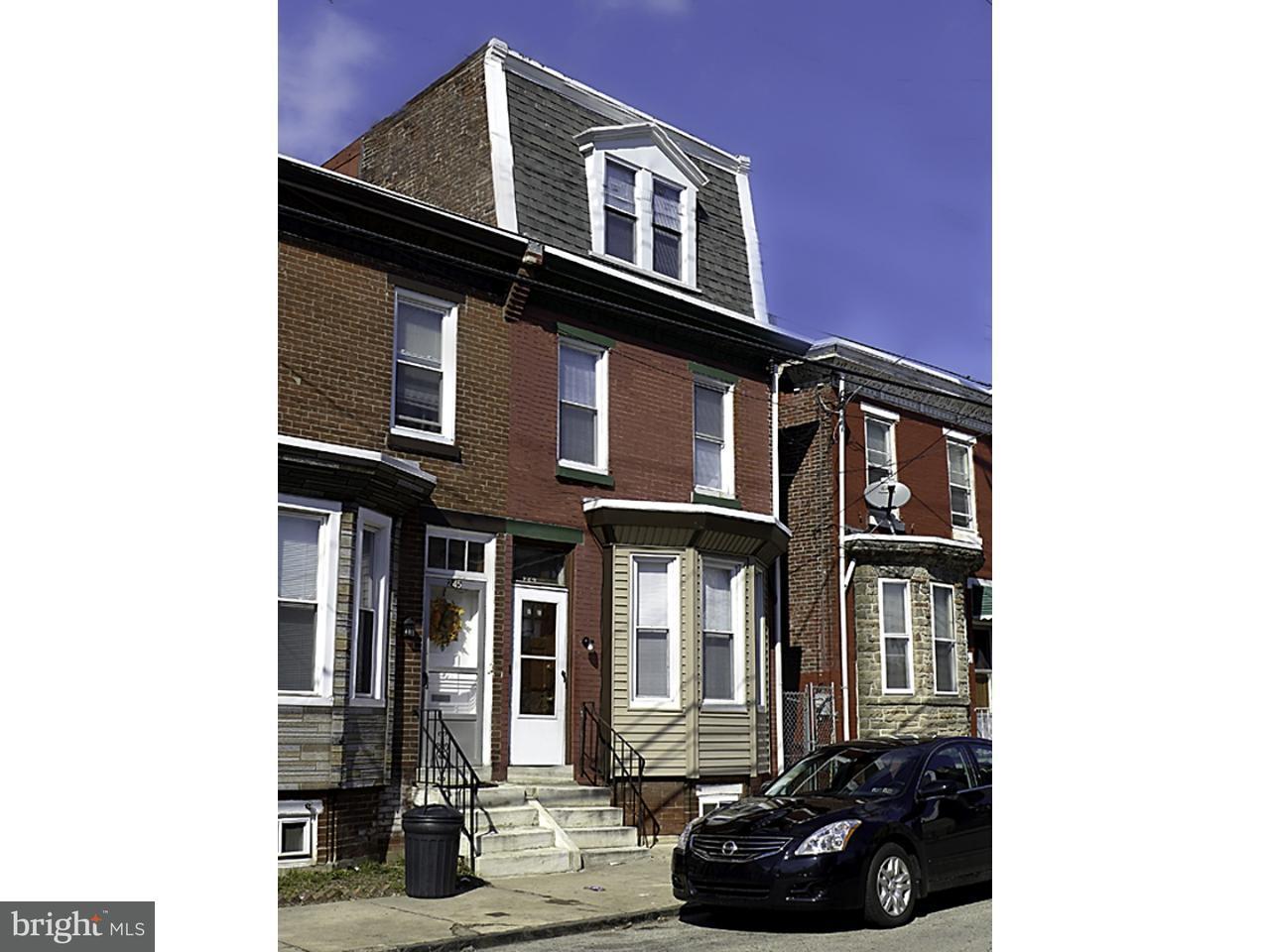

With the simultaneously acquired data, we can plot change in fluorescence with respect to change in voltage for each point acquired by the camera (c). Similar kinetics of the scaled VSD image and the simultaneous I-clamp recording (black trace) is evident in B. The VSD response is averaged over a small region of interest adjacent to the tip of the electrode, which is patched onto the dendrite. Validating that the VSD response is predominantly measuring voltage change in principal cells is demonstrated in (b), where an evoked response recorded by VSD (red trace) is overlaid on a dendritic I-clamp recording from a CA1 pyramidal cell. Images are typically acquired into memory and then transferred to a disc drive for analysis (though direct writing to disk is possible with some cameras, including the NeuroCCD by RedShirtImaging). To limit bleaching and phototoxicity, a shutter is placed at the light source (not shown) and triggered to open 200 ms before acquisition. The emitted fluorescence signal is then projected onto the CCD chip for acquisition. The slice is illuminated by an intense (200 W xenon) light source that is directed through a dichroic filter cube.
Langy coulter pa Patch#
The slice is placed in an interface chamber under a long working distance objective, allowing access to the slice for stimulating and recording electrodes, including whole-cell patch electrodes. VSD setup, validation and calibration of whole-cell current-clamp recordings (I-clamp recording) with VSD response.The epifluorescent-based imaging setup is illustrated in (a). Thus, the combined VSD imaging and whole-cell patch approach provides experimental resolution spanning single-cell electrophysiology to complex local circuit responses. The addition of single-cell recordings validates imaging results, and can reveal the relationship between single-cell activity and the VSD-imaged population response in synchronously activated neurons, this change in whole-cell recorded V(m) can accurately represent population V(m) changes driving the VSD responses. In the following protocol, we describe the in vitro slice preparation, epifluorescence setup and analyses necessary for fast charge-coupled device (CCD)-based VSD imaging combined with simultaneous whole-cell patch recording. In spatially segregated structures, VSD imaging can define how physiology and connectivity interact, and can identify functional abnormalities in models of neurological and psychiatric disorders. Voltage-sensitive dye (VSD) imaging directly assays the spatiotemporal dynamics of neuronal activity, including the functional connectivity of the neurons involved.

Functional imaging in these anatomically discrete areas is particularly useful in characterizing circuit properties. In many brain areas, circuit connectivity is segregated into specific lamina or glomerula.


 0 kommentar(er)
0 kommentar(er)
